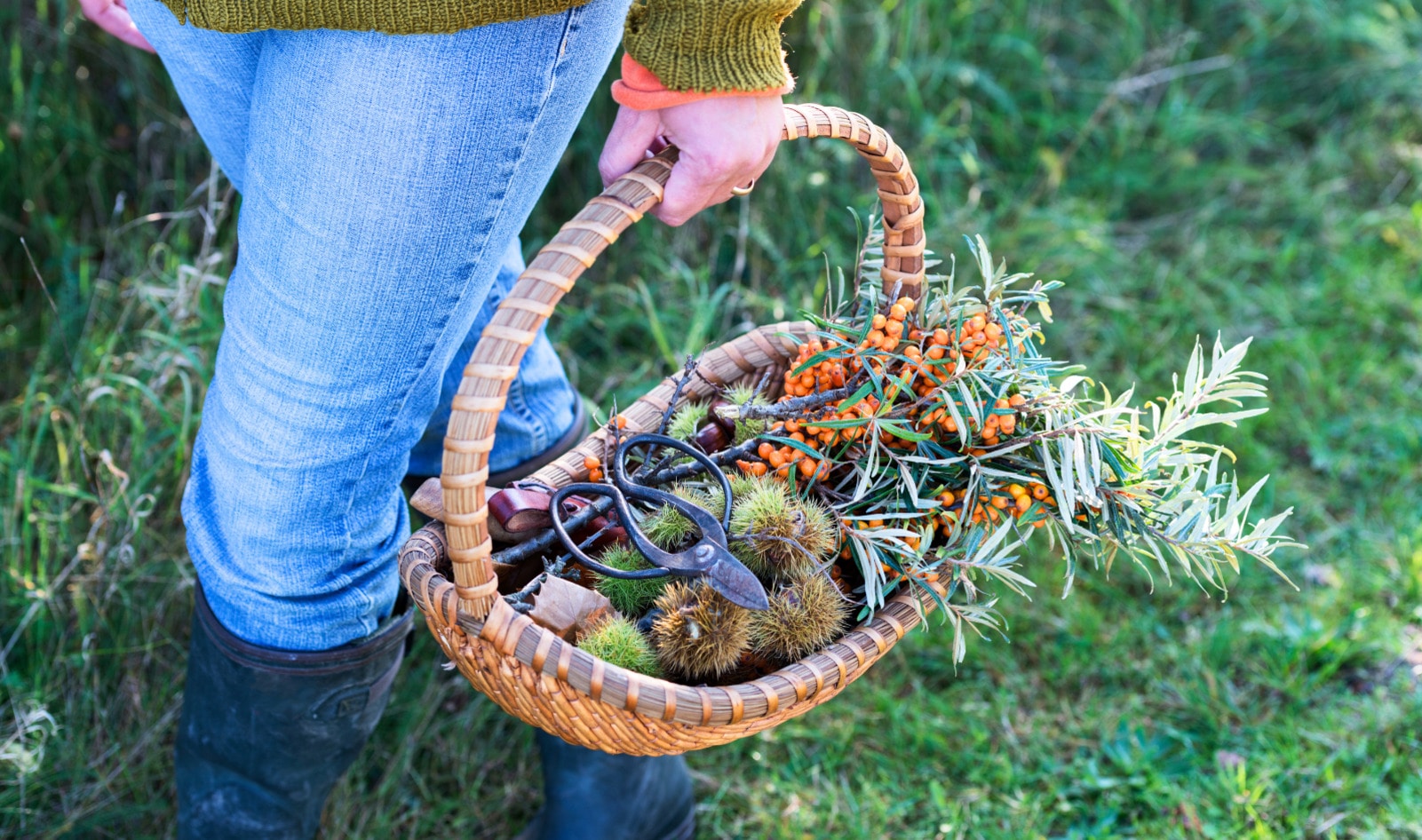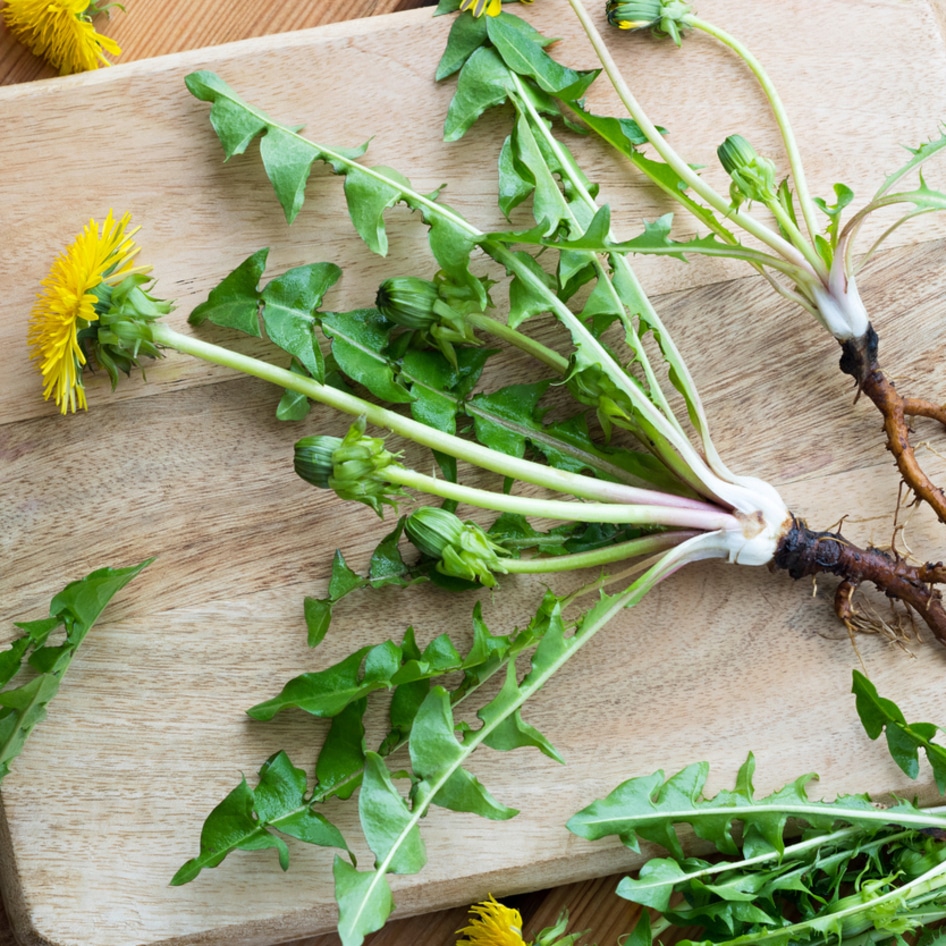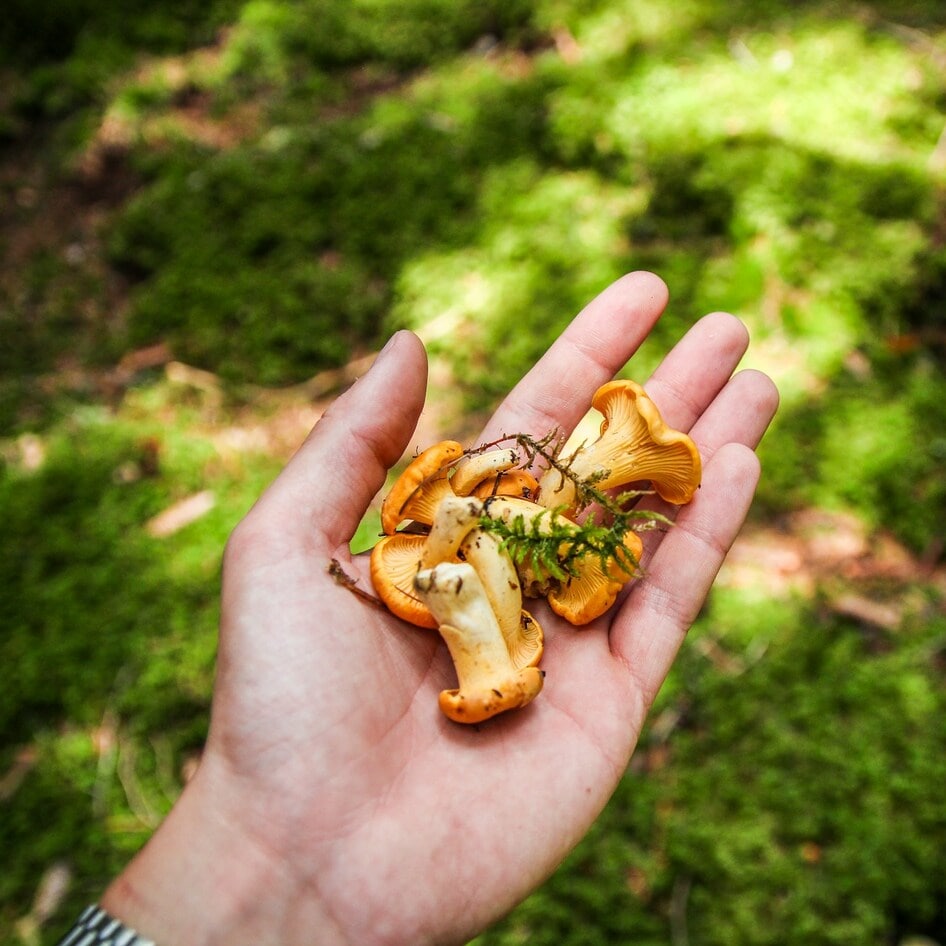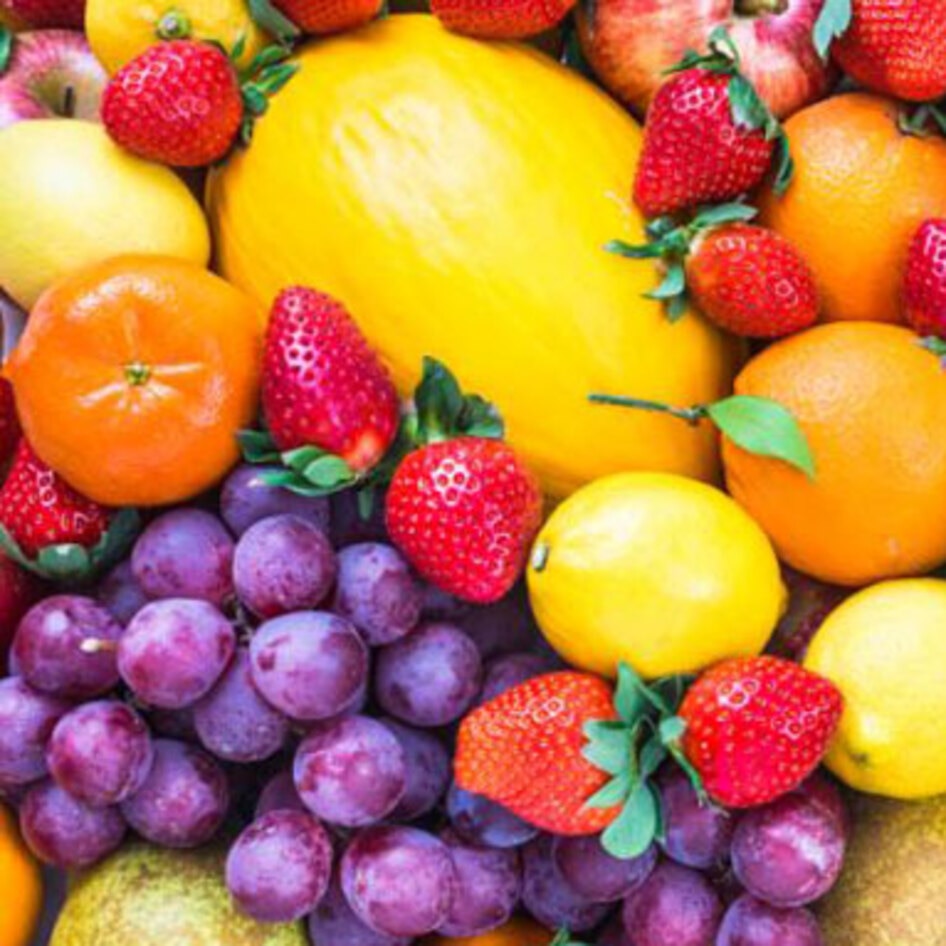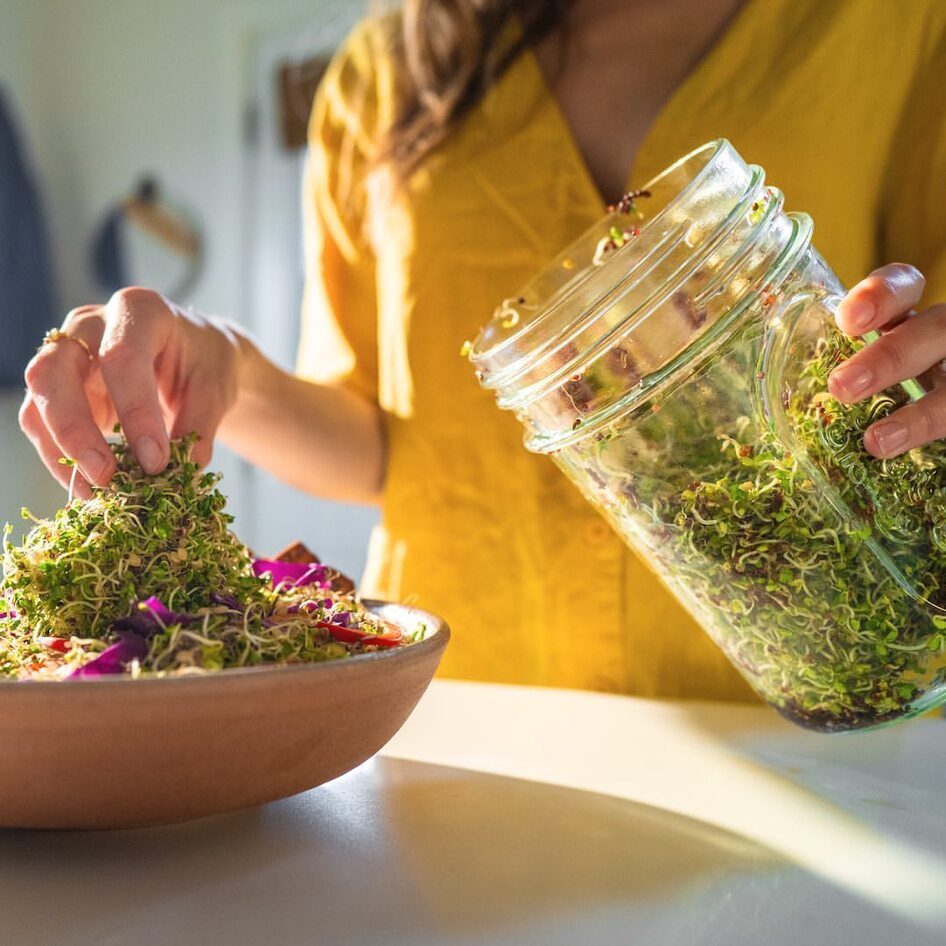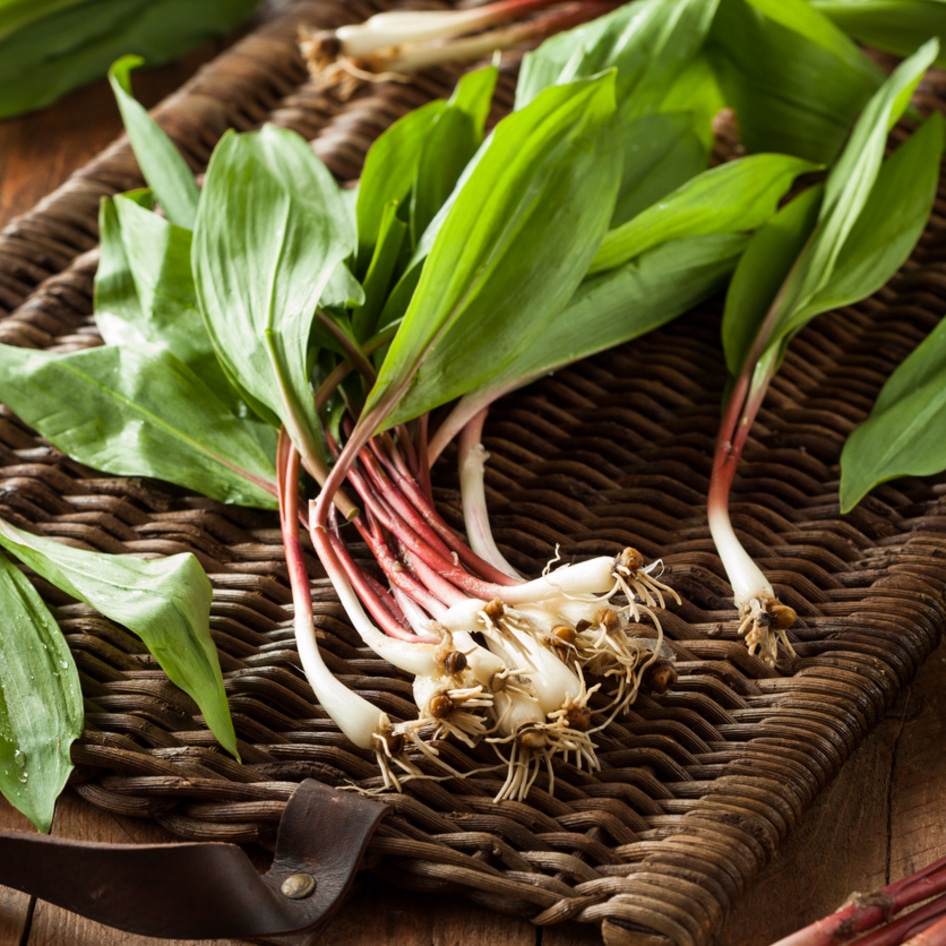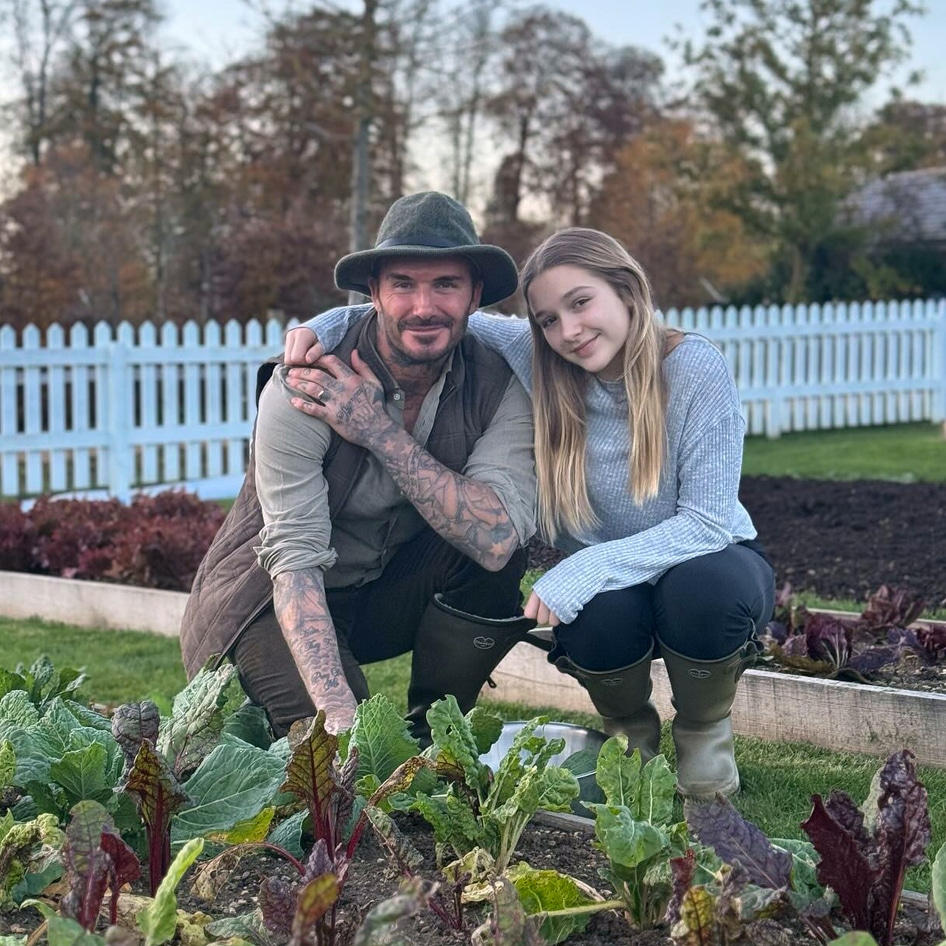It’s no exaggeration to say that the Western food system is in crisis. Grocery prices have surged—earlier this year, the US Department of Labor reported that food costs are nearly 28 percent higher than they were just five years ago. But skyrocketing prices are only part of the problem. Many of the products lining supermarket shelves are ultra-processed and stripped of essential nutrients. Meanwhile, food production continues to strain the planet, with animal agriculture alone contributing roughly 14.5 percent of global greenhouse gas emissions.
It’s easy to feel powerless in the face of such a vast, complex system. But in their new book, herbalists Heather Wood Buzzard and Mimi Prunella Hernandez offer a reminder that the path to more sustainable, nourishing, and mindful eating might be far closer than we think—perhaps even right outside our door.
The National Geographic Backyard Guide to Edible Wild Plants, released in April, showcases more than 100 edible plants that can be found in local neighborhoods, backyards, and nearby green spaces. Written by Buzzard and Hernandez—who first met while collaborating on National Geographic Herbal—the book centers on easily accessible plants like honeysuckle, dandelions, and elderberries. No remote hiking trails required.
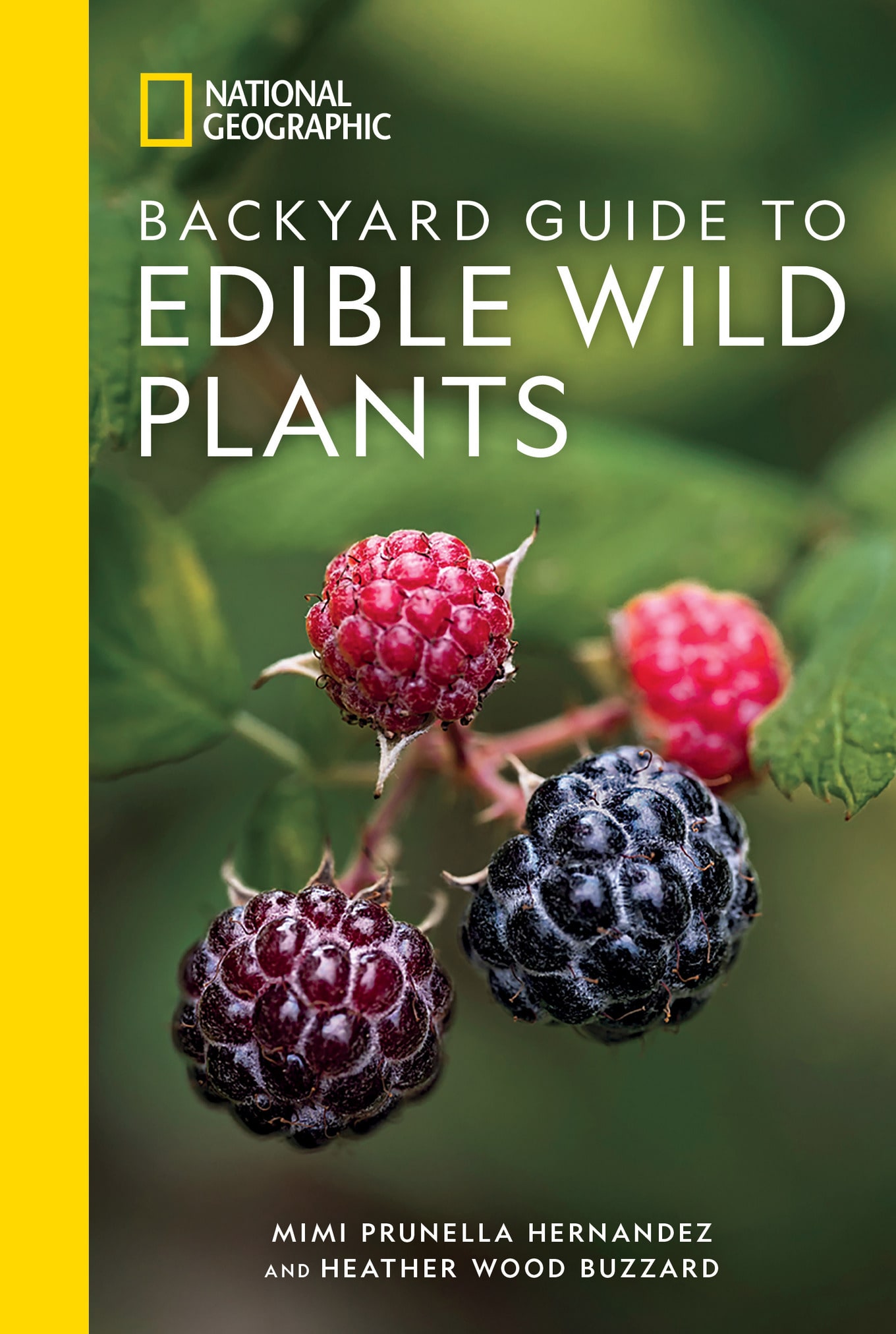
In addition to foraging tips, safety guidelines, plant ID tools, and vibrant imagery, the guide also offers plenty of practical kitchen inspiration.
“[Foraging] is a sustainable practice that allows you to minimize your carbon footprint while enjoying delicious, free food,” the duo told VegNews. “We scatter recipes throughout the book that highlight our favorite ways to use ‘weeds’ in the kitchen, from a rich wild carrot cake to a fragrant kudzu flower jelly.”
To learn more about the practical and mental health benefits of foraging—including how it can foster a deeper connection to the land, and encourage mindful eating—read on for our full conversation with Buzzard and Hernandez. The duo shares insights on how to get started, what wild plants might be growing just outside your door, and why this ancient practice is more relevant than ever in our modern food landscape.
VegNews: What inspired you both to write a guide specifically focused on backyard and local edible wild plants?
Heather Wood Buzzard and Mimi Prunella Hernandez: We are both avid wildcrafters in our own ways. Mimi approaches foraging with a kitchen herbalist’s heart and a homesteader’s spirit, while Heather is drawn to the quiet magic of woodland wandering and nature writing. Together, we wanted to create a guide that felt both practical and poetic, a companion for anyone curious about the edible and medicinal plants just outside their door.
VN: What’s one of the main benefits of foraging right in your backyard or neighborhood?
HWB and MPH: Foraging close to home offers an amazing opportunity to connect with nature in an immediate, accessible way. When you walk outside your door, there is a whole world of edible plants, medicinal herbs, and wild foods that you can gather—no need for an exotic hike or special trip. It’s also a great way to build a deeper connection with your local environment and understand the ecosystems that surround you.
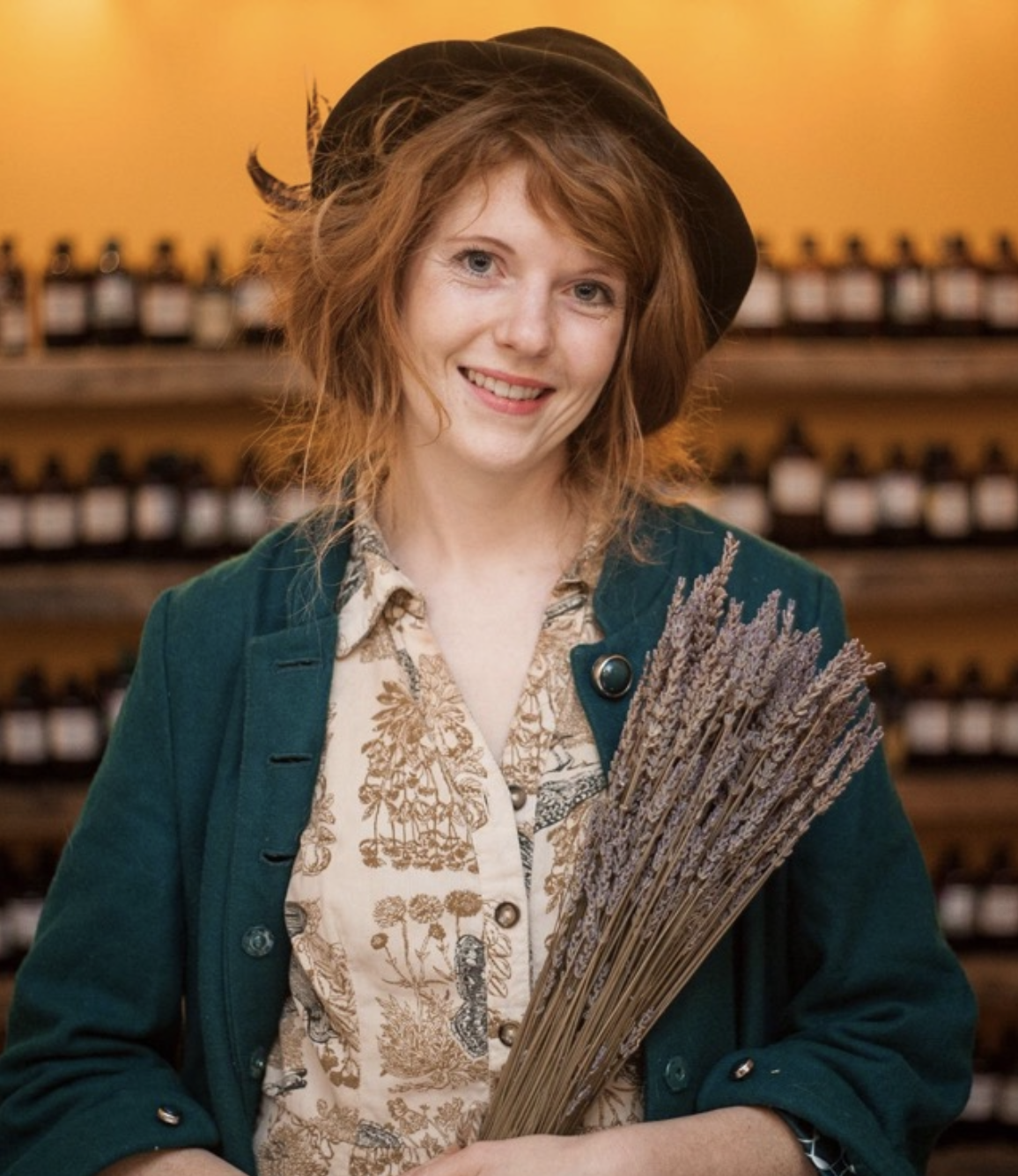 Heather Wood Buzzard
Heather Wood Buzzard
BECOME A VEGNEWS VIP: Get exclusive product deals, freebies, and perks galore!
VN: What do you each hope readers will take away from their first foraging experience using your book?
HWB and MPH: More than anything, we hope readers feel a spark of connection to the land, to their senses, and the quiet wisdom of the plants themselves. Foraging isn’t just about gathering food. It’s about slowing down, noticing the details, and entering into a reciprocal relationship with the natural world.
We hope people come away from their first experience with a sense of wonder and empowerment, realizing that even in their own backyard or along a neighborhood trail, there is a whole world of nourishment and resilience waiting to be rediscovered.
VN: How important is mindfulness in foraging?
HWB and MPH: Mindfulness is absolutely central to foraging. It’s not just about collecting food—it’s about being present and truly engaging with the environment around you. The more mindful you are, the more you notice the small details that can help you identify plants and learn their uses. It’s about paying attention to the rhythms of nature and respecting the plants as part of a bigger system. Foraging is a way to reconnect with the Earth, and mindfulness makes that connection even more meaningful.
VN: Can you talk about the importance of sustainability in foraging and how readers can harvest responsibly?
HWB and MPH: Sustainability is at the heart of this book. We see it not as a rulebook but as a deep ethic of care. Every plant we harvest carries with it a responsibility—to learn its rhythms, to honor its role in the ecosystem, and to ask permission in the quiet ways nature teaches us. We guide readers toward practices that are respectful and rooted in reciprocity. Take only what you need. Leave plenty for wildlife and future generations. Prioritize abundant, non-native species when appropriate. We also emphasize the importance of getting to know native plants, not just as harvestable resources but as neighbors deserving of protection and reverence.
This book is about more than identifying edible plants. It’s about cultivating a mindset of stewardship. In honoring the plants, we begin to remember what it means to live in balance.
VN: Are there any wild ingredients that surprised you with their versatility or flavor in the kitchen?
HWB and MPH: It comes as a delicious surprise to many folks that crunchy, nutty sunflower stalks are edible. Versatile violets from the shade of your backyard make kitchen magic with their deep purple hue, floral glamor, and medicinal benefits. Don’t have wild violets? Use garden-variety pansies instead, and plop them onto batter to make pansy pancakes. People are delighted to learn that acorns, properly prepared, make a nutritious edible flour and that one of the simplest, most lovely teas can be brewed from the fresh green pine needles right outside your door. For flavor, it is astounding how much just a hint of wild onion bulb or garlic mustard leaf can elevate an ordinary dish.
VN: How can beginners make sure they’re identifying plants safely?
HWB and MPH: Safety is the number one priority when foraging, so we encourage readers to take their time with plant identification. Always consult multiple reliable resources and, if possible, learn from an experienced forager. A mistake in identifying plants can be harmful, so be sure you’re absolutely confident before harvesting and consuming any wild plants. In the book, we emphasize key features to look for and include lots of tips on how to ID plants properly. It’s also a good idea to carry a field guide, or even better, take a foraging class or go out with an expert for hands-on experience. The more you learn, the easier it becomes to safely identify plants. And remember—if in doubt, leave it out!
 Mimi Prunella Hernandez
Mimi Prunella Hernandez
VN: Were there any plants that posed unique challenges—whether due to safety concerns, folklore, or preparation complexity—when researching and writing the book?
HWB and MPH: Any plant with very specific preparation methods and parts that contain toxic compounds demands that we treat it with reverence and harvest with caution and awareness. Poke (Phytolacca americana) is one such plant. With proper cooking in several changes of water, as we detail in the book, the early green shoots make a delicious dish of poke salat, a treasured staple of the American South. The roots, berries, or mature plant, though, while they may be used medicinally, are inedible and should be left alone. We took great care throughout the book to note any safety concerns and encourage a definitive ID before ingesting any plant.
Certain plant parts lend themselves naturally to different preparation methods—for instance, early tender spring greens like chickweed and stinging nettle make a savory pesto, while edible flowers like honeysuckle and red clover make stunning syrups or garnishes.
VN: For readers just getting started, do you have any advice on how to begin foraging and experimenting with wild plants in the kitchen?
HWB and MPH: Start small and take it slow. Begin with easily identifiable plants that are safe and abundant, like dandelions or wild garlic. Once you’re comfortable, gradually expand your knowledge and try cooking with new ingredients. Don’t feel pressured to make elaborate dishes right away—simple recipes like a wild greens pesto or a cup of pine needle tea are perfect starting points. Enjoy the process of learning and experimenting, and let your curiosity lead you!
Find out more about National Geographic Backyard Guide to Edible Wild Plants here.
For more plant-based stories like this, read:
JUMP TO ... Latest News | Recipes | Guides | Health | Subscribe
Here at VegNews, we live and breathe the plant-based lifestyle, and only recommend products we feel make our lives amazing. Occasionally, articles may include shopping links where we might earn a small commission, but in no way does this effect the editorial integrity of VegNews.

